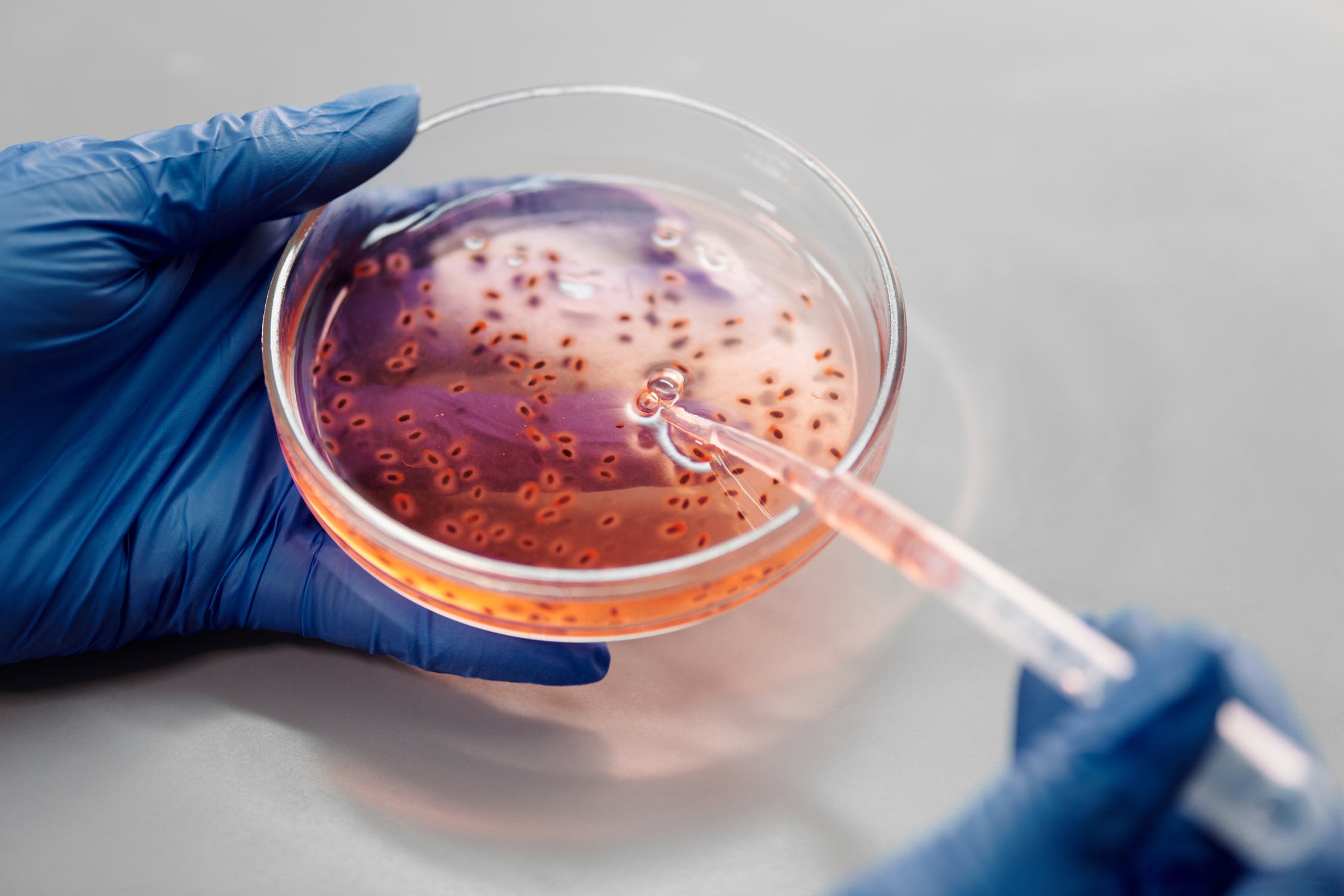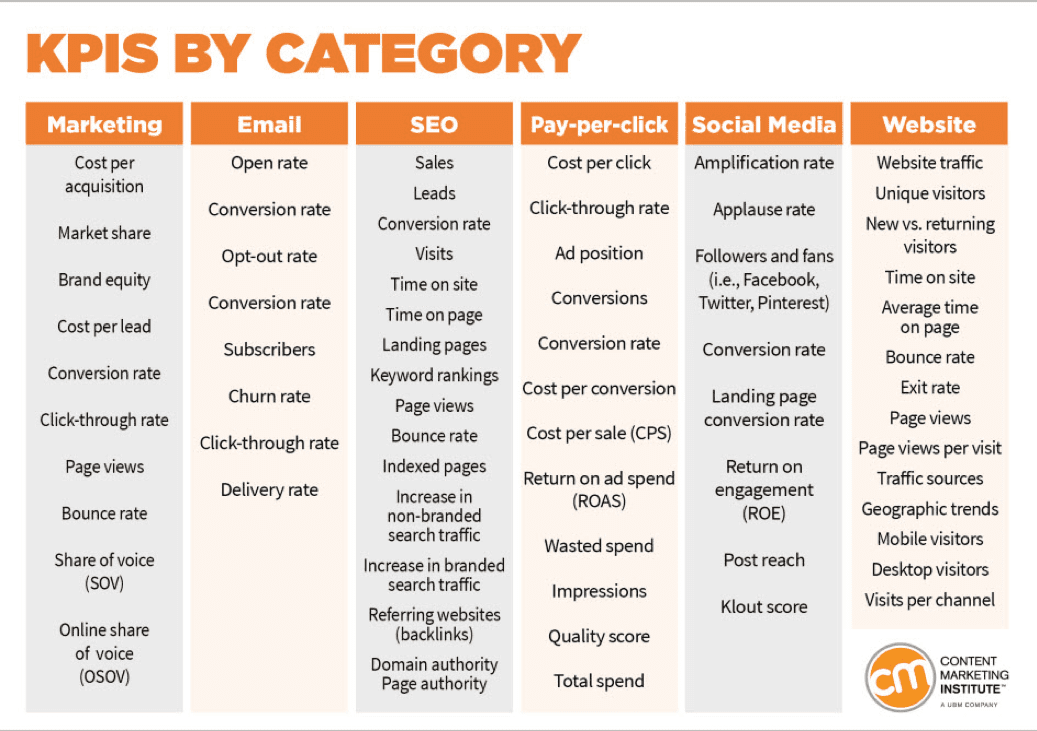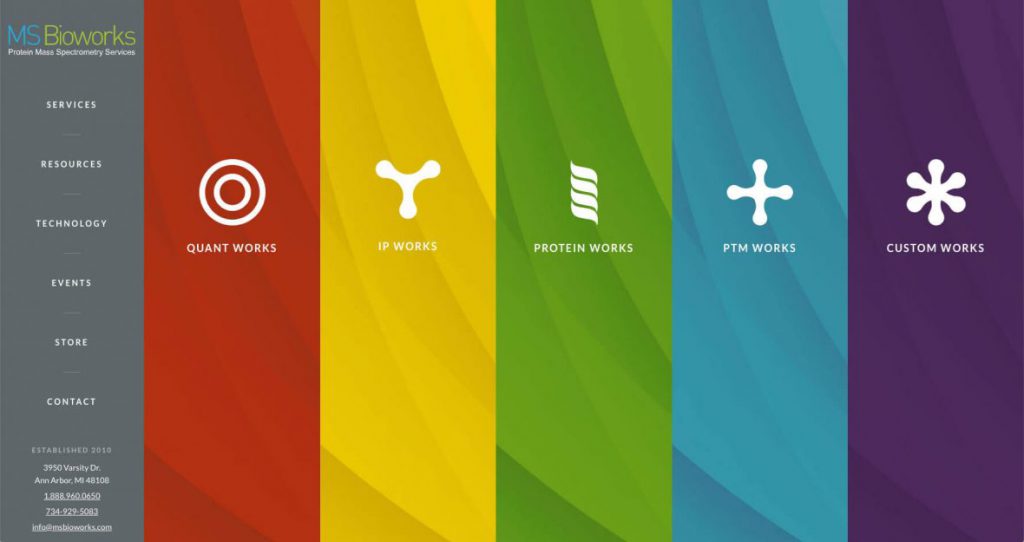- Digital Marketing
- Updated 08/24/2024
How to Develop a Winning Digital Marketing Strategy in the Life Sciences Industry
Summarize this post

The life sciences industry has grown rapidly in the last decade, with research indicating a CAGR of 4% from 2016 to 2024. While this means there are plenty of opportunities, it also means steep competition. And it’s more important than ever for companies within the life sciences industry to develop a winning digital marketing strategy.
In this post, we’ll provide a tangible formula for creating a successful digital marketing strategy that builds brand awareness, increases leads, and boosts revenue.
Start with Your Core KPIs and Goals
Life sciences is an immense and diverse industry, ranging from biotech to medicine and beyond, with branches in everything from B2B to commercial and industrial sectors. That said, there’s a definitive blueprint that applies across the board. And the first step for every company is to understand your core KPIs and goals. In other words, what are you trying to accomplish above all else? And how can you measure your results?
Having this foundation is a necessary precursor that will guide you through the subsequent stages of your long-term strategy and enable your digital marketing to be effective. If you don’t know where you’re going, you’ll probably wind up somewhere else. But with careful discovery, research, and planning, the execution phase that comes later on can realize its fullest potential where you take the most direct route.
The question is, how do you define your KPIs and goals?
Simple answer — choose the factors that will have the biggest impact on your company. Your KPIs will be quantifiable metrics that align with your top priorities and what you’re hoping to accomplish. Typically, this will involve sales or leads that you can directly measure and optimize.
Some common examples include:
- Generating (X%) more sales-qualified leads
- Lowering your sales response time by (X%)
- Generating (X referrals) per month
For more ideas, check out this graphic that provides a comprehensive overview of other KPIs across several different categories.

Once you’ve crystallized your KPIs and goals, you’ll know how to prioritize your digital marketing strategy and what to focus on. While this will likely evolve over time, this should provide you with a good starting point.
Get a Complete Digital Marketing Blueprint
How do top digital marketing agencies plan and execute successful campaigns? Our digital marketing blueprint canvas will help guide, communicate, and ensure the success of any digital marketing campaign you run.
Identify Commonly Successful Channels in the Life Sciences Industry
Next, it’s important to gain an understanding of which specific digital marketing channels are working for other companies in the life sciences industry. There is certainly no lack of mediums for reaching customers these days. And while finding the perfect mix requires some trial-and-error, you don’t want to haphazardly slap a campaign together with no rhyme or reason behind it. Rather, you want to be highly intentional, focusing on channels you know for a fact can achieve legitimate results.
This begs the question. What are the most successful digital marketing channels for the life sciences industry?
From our experience (minus the exception of a very few specific niches), any company under the life sciences umbrella can benefit from the powerful capabilities of inbound marketing, SEO, and SEM. What we’ve found is that even enterprise clients who are otherwise in the top tier of their competitive field often have missed out on even the most basic levels of digital marketing that have driven substantial successes across a number of industry verticals.
That’s why we generally recommend using inbound marketing, SEO, and SEM as the foundation of your campaign and gradually branching out from there. Note that nearly every successful digital marketing campaign is endlessly interactive where adjustments will be made as new data becomes available. But starting with these proven tactics should help you get your bearings while maximizing visibility and achieving targeted mass awareness.
Understand Your Specific Competitive Landscape
Another critical part of the process is gaining an understanding of what digital marketing approach your life sciences competitors are taking and comparing it with what your company is doing (or not doing).
Competitive landscape analysis is designed to help you identify:
- Your key competitors
- What channels they’re currently using
- Their strengths and weaknesses
- What’s working for them
- What’s not working for them
- How you can surpass them to better reach your target audience
So how exactly do you go about this process? Here’s what we suggest:
- Identify three or four direct, primary competitors
- Research the channels they’re using to figure out what types of content they’re publishing, what messaging they’re using, and so on
- Analyze their marketing strategy, such as the incentives they use to pull in leads, the types of keywords they target, digital ad spend, and how aggressive they are
- Check out their offers and pricing
- Look for areas you feel you can outperform in
Note that to gather some of this information and stay current with competitive trends and capabilities, you may need to understand and use publicly available tools like Google Analytics 4, Ahrefs, and SEMRush. It’s also not a “one-and-done” type of deal, and you’ll need to keep your eye on the ball to consistently see how you’re stacking up competitively with your marketing mix and media buying.
Perform A/B Testing
The final part of developing a winning digital marketing strategy is using A/B testing to separate different audience segments and track data to improve conversion optimization. As The Harvard Business Review points out, “A/B testing, at its most basic, is a way to compare two versions of something to figure out which performs better.” While the process is straightforward, the applications are numerous.
With A/B testing, you can monitor everything from campaign messages and landing pages to content offers and call to actions to see what works best. Say, for example, you wanted to figure out whether prospects respond better to more educational content offers where you focus on nurturing them or more aggressive offers that are more product-centric. For an A/B test, you might feature products above-the-fold on your homepage — A, the control — and case studies in the same location — B, the variant.
From there, you would analyze the results to see which variant generated more leads, the most conversions, and so on. So, if A results in 23% more leads and B results in 37%, this will indicate that visitors are more receptive to case studies rather than products above the fold.

By gathering objective data, you can continually refine your digital marketing campaign, which leads to better mitigating wasted ad spend, better leads, more closed sales, and higher revenue margins. This gives you a much better chance of measuring meaningful success than a competitor who isn’t actively managing these items.
This is exactly the iterative approach we use at 3.7 Designs to reduce friction points and enable leads to learn about a service and ultimately buy. One specific client we partnered within the life sciences industry is MS Bioworks, a protein mass spectrometry contract research organization. We explored a variety of options and testing before deciding on a full-screen, vertical layout with rich colors, which you can see here.

This, in turn, helped create a highly engaging website that’s simple to use and seamlessly moves leads through the digital marketing funnel.
Thriving in the Life Sciences Industry
The life sciences industry is a wide umbrella and one that’s incredibly diverse. Regardless of specific vertical, there are four key elements to developing a winning digital marketing strategy. To recap, those are identifying core KPIs and goals, pinpointing commonly successful channels in your industry, analyzing key competitors, and performing ongoing A/B testing.
Working with an experienced science technology marketing agency and digital marketing partner who understands the ins and outs of this innovative industry can be a huge help. At 3.7 Designs, we have a growing portfolio of clients who work specifically in life sciences and use a consistent process that focuses on strategy, research, and data to produce consistent results. You can learn more about our step-by-step process here.
FREE RESOURCE
Get a Complete Digital Marketing Blueprint
How do top digital marketing agencies plan and execute successful campaigns? Our digital marketing blueprint canvas will help guide, communicate, and ensure the success of any digital marketing campaign you run.